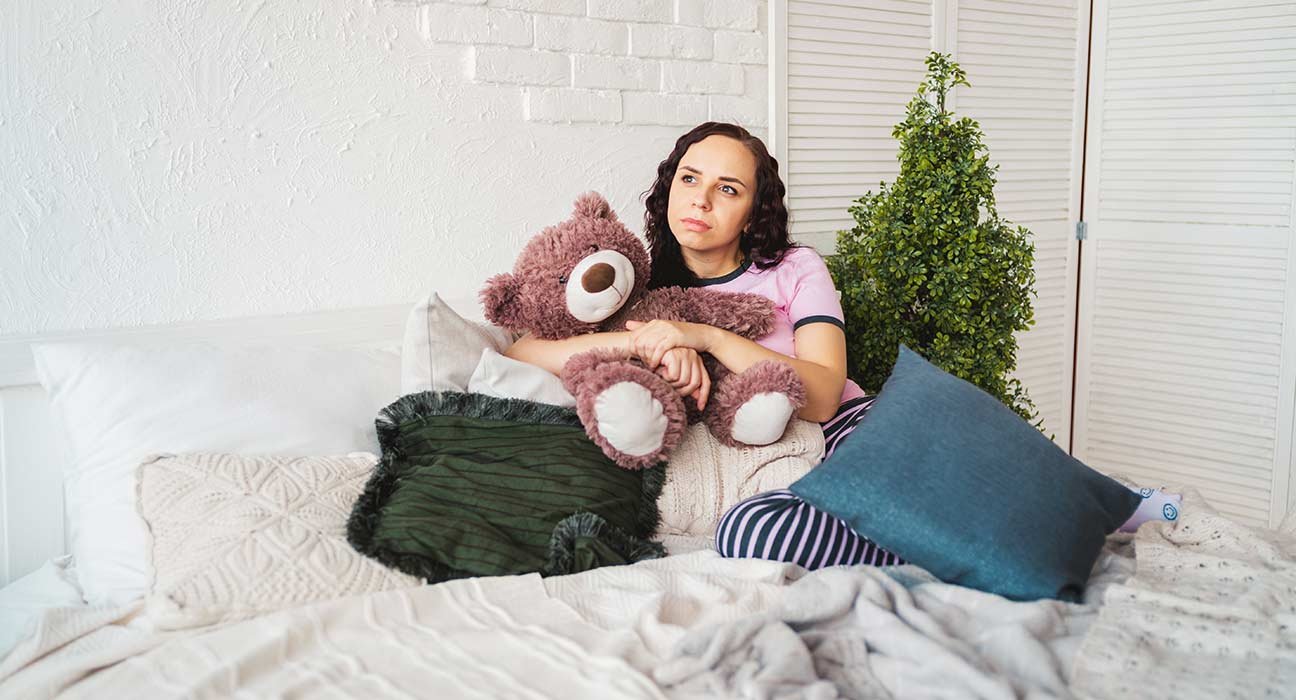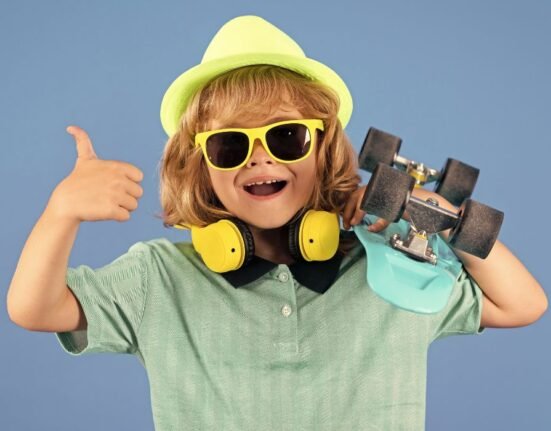A Deep Dive into the Psychology of Baby Blankets
Even in adulthood, a lot of us tend to have objects from our childhood that we just won’t let go of. The object may be a tiny blanket, a stuffed animal, or even a small pillow. We sleep with it every night, and it accompanies us on even international trips. Taking that object along with us everywhere is non-negotiable. We entertain no requests to donate it, throw it away, or even replace it with a new, identical one. Have you ever wondered why we develop such a strong attachment to some objects? And, if it is normal? Let’s look at how psychology answers these questions.
Read More: The Basics of Child Psychology
What are baby blankets, and what role do they play in a child’s development? Objects like baby blankets, stuffed animals, and toys are known as comfort objects. In the formal terminology of developmental psychology, they are referred to as transitional objects. This term was coined by the psychologist DW Winnicott in 1951, who explained their role in the growth and development of a child.
Infants, in their early months, do not differentiate the world in terms of internal reality and external reality. They exist in a state of complete dependence on their mothers, and they see themselves and their mothers as a whole. Gradually, the child begins to separate the ‘me’ from the ‘not-me’, and realises that the mother is a separate entity. The child moves to a state of relative independence. This is a difficult phase for the child and can bring a lot of frustration and anxiety. They have a sense of losing something.
In this process, transitional objects play a very important role. They become the tools through which a child transitions from dependence to independence. Baby blankets, stuffed toys, pacifiers, dolls, pillows, and other such objects, become the first ‘not-me’ object that a child comes to possess. This object replaces the mother-child bond, provides a sense of comfort and security to the child, and relieves anxiety about separation from the mother. Such objects are especially helpful for children who have a strong fear of the night and darkness, and those with great separation anxiety.
Read More: Impact of Parental Abuse on Child Development
The use of comfort objects is the greatest around two to three years of age. Children in a lot of play schools can be seen carrying the objects with them to class and performing each activity with them. After that, children may still be attached to their objects, but slowly stop carrying them around everywhere.
Is it Normal for Adults to Hold on to their childhood comfort objects?
In a poll conducted by Travelodge in Britain, out of 6,000 adults, about 35% of people tucked themselves into sleep with a comfort object. So, you are not alone if you can’t have a good night’s sleep without your comfort object!
People see such a habit as a sign of weakness and insecurity, but this is simply a false notion. There is no harm in being attached to childhood objects, as they can help with anxiety and soothe adults too. They can be essential to your mental well-being, especially in times of transition and big changes in adulthood, such as moving cities, starting a new job, or experiencing significant loss.
However, if an adult’s dependence on transitional objects is intense, there may be a pathological reason behind it. Such people are more susceptible to developing Borderline Personality Disorder (BPD). They may have difficult and unstable interpersonal relationships, trouble being alone, and an inability to soothe themselves in times of distress. This usually stems from experiences of trauma or neglect during childhood, when their caregivers did not support them adequately and may lead to attachment problems in adulthood as well. Thus, if you rely on comfort objects too heavily, it may be a good idea to contact a therapist.
Is the phenomenon of transitional objects universal?
The attachment of a child to their comfort objects depends upon the circumstances in which they were raised. Children develop strong attachments to transitional objects if they are made to sleep away from their parents at an early age, as is the case in the Western world. The instances of children being strongly attached to comfort objects in Indian society (also Korean and Italian) are relatively lesser, as children usually spend early childhood in close contact with their mother, and also have many other caregivers in a joint family setup. However, in contemporary times, as more and more nuclear families become the norm, the attachment to comfort objects is also increasing.
What are some other uses of transitional objects?
Comfort objects have a therapeutic use as well. Sometimes, ambulances and emergency vehicles are equipped with soft blankets, stuffed toys, and other such objects to be given to people who have experienced a traumatic event to provide them with comfort. Charities also provide these objects to survivors of natural disasters. Thus, we have seen the importance of the role played by transitional objects in the healthy development of children, and how it is perfectly normal to continue being attached to these objects in adulthood as well. You can now enjoy cuddling with your favourite teddy bear or sleeping with your beloved blankie in peace!
Read More Articles from Psychologs
- 7 Positive Psychology Habits for Everyday
- Positive Psychotherapy: A Unique Approach to Mental Health
- Why Is Optimism Important To Achieve Success?
- Psychology Behind Motivation
- The Psychology of Self-Perception
References +
- https://www.theswaddle.com/is-this-normal-i-still-sniff-my-childhood-blanket-to-fall-asleep-transitional-objects
- https://www.psychologytoday.com/intl/blog/the-guest-room/201407/more-just-teddy-bears?amp
- https://amp.theguardian.com/science/2007/mar/09/psychology.uknews
- https://www.vox.com/2015/8/10/9049687/childhood-blanket-transition













Leave feedback about this